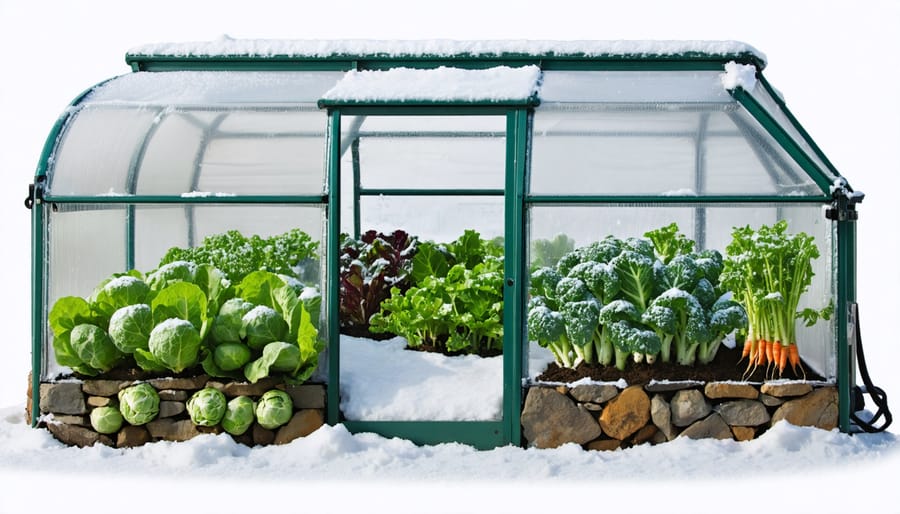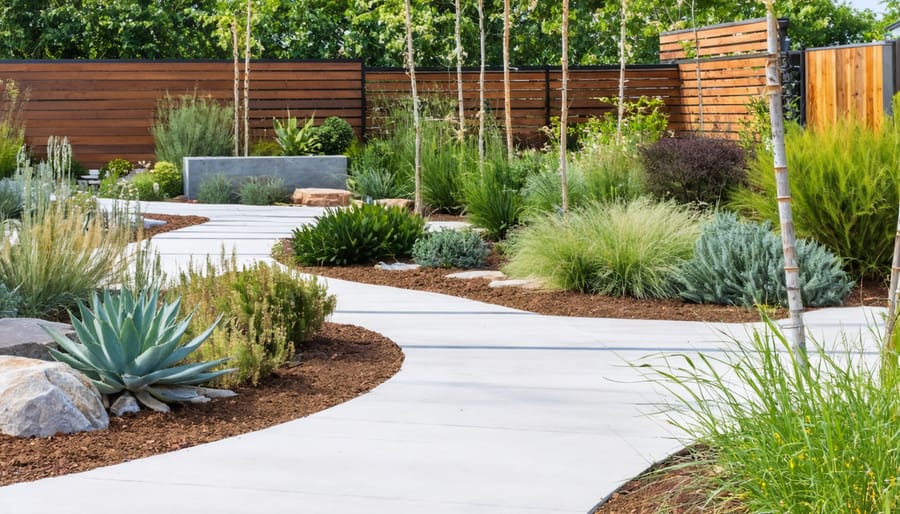Yellow leaves curling at the edges, stunted growth, and weak stems signal potassium deficiency in plants – a common yet easily fixable garden challenge. Beyond just knowing the gardening basics, understanding potassium’s vital role in plant health empowers gardeners to spot and correct this nutrient shortage before it severely impacts their garden’s vitality. As the powerhouse behind strong root systems, disease resistance, and fruit development, potassium deficiency can affect everything from your prized tomatoes to ornamental flowers. While chemical solutions exist, organic amendments like wood ash, banana peels, and seaweed offer sustainable ways to restore your soil’s potassium balance. With proper diagnosis and timely intervention, most plants bounce back within weeks, developing lusher foliage and improved fruit production.
Signs Your Plants Are Starving for Potassium
Leaf Symptoms
The first signs of potassium deficiency typically appear in the older leaves of your plants. You’ll notice yellowing or browning along the leaf margins, which gradually moves inward, creating a scorched appearance. These symptoms often start at the leaf tips and edges, forming what gardeners commonly call “leaf margin burn.”
As the deficiency progresses, you might spot unusual spots or chlorosis (yellowing) between the leaf veins while the veins themselves remain green. Your plants’ leaves may begin to curl upward and develop a crinkled or wavy appearance. In severe cases, the affected leaves will develop brown spots, become brittle, and eventually die off.
Another telltale sign is weak stems and branches, causing leaves to droop or appear wilted even when the soil moisture is adequate. You might also notice that younger leaves are smaller than usual and have shortened internodes (the space between leaves on a stem).
Keep in mind that these symptoms can sometimes be confused with other nutrient deficiencies or environmental stress, so it’s important to consider multiple factors when making your diagnosis. If you notice these signs appearing first in older leaves and progressing to newer growth, potassium deficiency is likely the culprit.
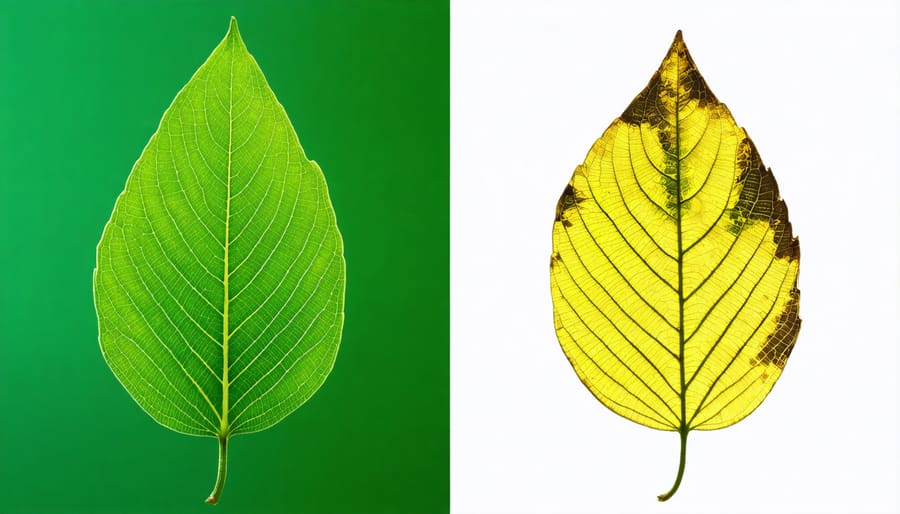
Growth and Fruit Problems
When potassium deficiency takes hold, plants struggle to reach their full potential. One of the most noticeable impacts is stunted growth, where plants appear shorter and less vigorous than their healthy counterparts. This is among the common garden mistakes that can significantly affect your harvest.
Fruit-bearing plants are particularly vulnerable to K deficiency. You might notice your tomatoes, peppers, or other fruiting vegetables developing unevenly or appearing smaller than usual. The fruits often lack sweetness and flavor, and they may not store well after harvest. In severe cases, fruits can develop brown spots or become susceptible to rot.
The overall plant health suffers too. Leaves may curl inward and develop a scorched appearance around their edges. You’ll typically see these symptoms first in older leaves, as the plant redirects available potassium to support new growth. Plants also become more susceptible to disease and environmental stress, making them less resilient during temperature extremes or drought conditions.
Watch for weakened stems that can’t support the weight of fruits or flowers, as this is another telltale sign of potassium deficiency in your garden.
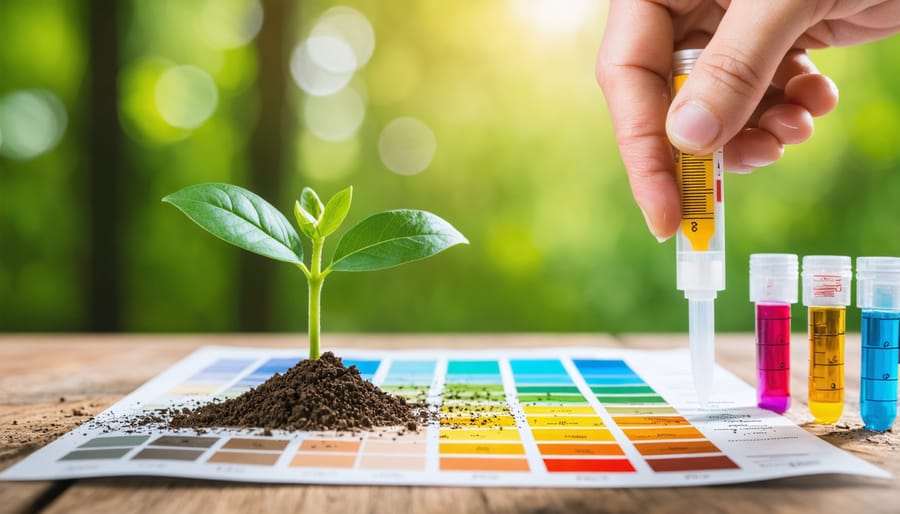
Testing Your Soil for Potassium Levels
Testing your soil for potassium levels is a crucial step in maintaining healthy plants, and it’s easier than you might think! While there are several testing methods available, I recommend starting with a professional soil test through your local extension office or a reputable soil testing laboratory. These tests provide the most accurate results and often include helpful recommendations specific to your garden.
For those who prefer a more hands-on approach, home testing kits are readily available at garden centers. While not as precise as laboratory tests, these kits can give you a good general idea of your soil’s potassium levels. Look for kits that specifically measure NPK (nitrogen, phosphorus, and potassium) levels, and follow the instructions carefully for the most accurate results.
The best time to test your soil is either in early spring before planting or in fall after harvest. For most gardens, annual testing is sufficient, though you might want to test more frequently if you’re actively working to correct a deficiency.
When collecting soil samples, remember these key tips:
– Take samples from multiple spots in your garden
– Dig 6-8 inches deep for each sample
– Remove any plant debris or rocks
– Mix the samples thoroughly in a clean container
– Allow the soil to dry naturally before testing
Understanding your test results is important. Most reports will show potassium levels in parts per million (ppm) or pounds per acre. Generally, readings below 125 ppm indicate a deficiency that needs addressing, while levels between 125-250 ppm are considered optimal for most plants.
Natural Solutions for Potassium-Poor Soil
Compost and Kitchen Waste Solutions
Your kitchen scraps can be a treasure trove of potassium for your nutrient-hungry plants. Banana peels are particularly rich in potassium – simply chop them up and bury them near your plants’ root zones, or create a nutrient-rich “banana tea” by soaking the peels in water for a few days. Other potassium-rich kitchen waste includes potato peels, coffee grounds, and citrus rinds.
Creating a dedicated compost pile with these materials, along with grass clippings and wood ash, can provide a sustainable source of potassium for your garden. Layer your kitchen scraps with brown materials like dried leaves and cardboard to maintain a healthy balance. Within a few months, you’ll have rich, dark compost that naturally feeds your plants with essential potassium.
For a quick solution, you can also create a direct feeding station by burying kitchen scraps in a small, covered hole near your plants. Just remember to chop the waste into smaller pieces and bury it deep enough to avoid attracting pests. This method allows for gradual nutrient release while improving soil structure.
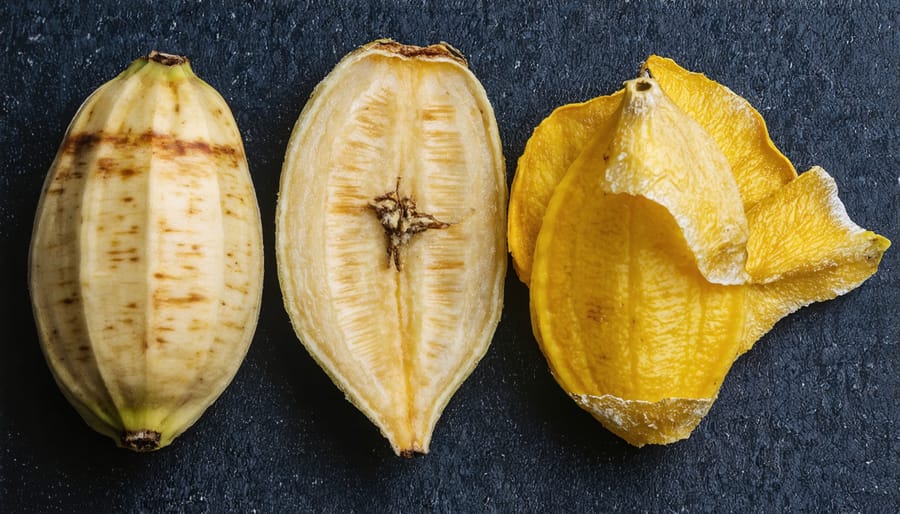
Organic Amendments
There’s good news for organic gardeners: nature provides plenty of potassium-rich materials to nourish your plants. Wood ash from your fireplace is an excellent source of potassium, though use it sparingly as it can affect soil pH. Banana peels are another garden favorite – simply chop them up and work them into the soil around your plants or create a banana peel tea for immediate application.
Seaweed and kelp make fantastic potassium amendments, either as meal or liquid extracts. They also provide trace minerals that support overall plant health. Compost rich in fruit and vegetable scraps naturally contains good levels of potassium, especially if you include banana peels, citrus rinds, and potato skins in your pile.
Coffee grounds and eggshells, while better known for other nutrients, also contribute modest amounts of potassium. For a ready-to-use option, consider composted manure from grass-fed animals, which typically contains balanced nutrients including potassium. When applying any of these amendments, work them gently into the top few inches of soil and water well to help release the nutrients.
Quick-Fix Solutions for Emergency Situations
When facing severe potassium deficiency in your plants, you’ll need to act quickly to prevent further damage. The fastest solution is applying a water-soluble potassium fertilizer, which plants can absorb immediately. Look for products labeled as “potash” or with high K numbers in the N-P-K ratio, such as 0-0-60.
For container plants, dissolve one tablespoon of sulfate of potash in a gallon of water and apply directly to the soil. Repeat this treatment weekly until you see improvement. Alternatively, you can use liquid seaweed extract, which not only provides potassium but also contains beneficial trace elements.
In emergency situations, some gardeners have found success with this quick home remedy: dissolve wood ashes in water (one cup per gallon) and apply the filtered solution to your plants. While this isn’t a long-term fix, it can help bridge the gap while you work on more sustainable solutions.
Commercial products that work quickly include:
– Miracle-Gro All Purpose Plant Food (high in K)
– Neptune’s Harvest Fish & Seaweed Fertilizer
– Down to Earth Organic Potassium Fertilizer
Remember to water your plants thoroughly before applying any emergency treatments to prevent root burn. Start with half-strength solutions and monitor your plants closely for the first 24-48 hours. If you notice improvement, continue with weekly applications until your plants recover fully.
While these quick fixes can save your plants in the short term, it’s essential to address the underlying cause of the deficiency for long-term garden health.
Prevention Strategies
To prevent potassium deficiency from recurring in your garden, it’s essential to develop a long-term maintenance strategy. Start by implementing regular soil testing every growing season to monitor potassium levels and maintain healthy soil conditions. Consider adding organic matter like compost or well-rotted manure each spring, which naturally releases potassium over time.
Crop rotation is another effective prevention method, as different plants have varying potassium needs. Avoid planting heavy feeders like tomatoes or potatoes in the same spot year after year. Instead, alternate with less demanding crops like herbs or leafy greens.
Mulching with organic materials such as grass clippings, leaves, or straw helps retain soil moisture and slowly releases nutrients, including potassium, as the materials break down. Consider growing cover crops during off-seasons, as they help prevent nutrient leaching and can be tilled back into the soil as green manure.
Remember to adjust your watering practices, as consistent moisture helps plants better absorb available potassium. A drip irrigation system or soaker hose can ensure steady water delivery while preventing nutrient washout.
Maintaining proper potassium levels in your garden is an ongoing journey that requires attention and care. By regularly monitoring your plants for signs of K deficiency, conducting annual soil tests, and implementing both quick-fix solutions and long-term maintenance strategies, you can create a thriving garden environment. Remember that healthy soil is the foundation of healthy plants, so make soil maintenance a regular part of your gardening routine. Consider adding organic matter, applying natural fertilizers, and practicing crop rotation to prevent future deficiencies. With consistent care and the right approach, you can overcome potassium deficiency challenges and enjoy a bountiful, vibrant garden that will reward you season after season. Keep learning, stay observant, and don’t hesitate to adjust your gardening practices as needed – your plants will thank you for it!


